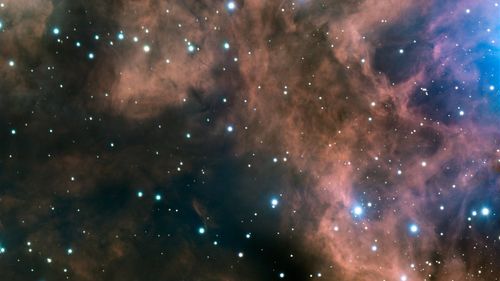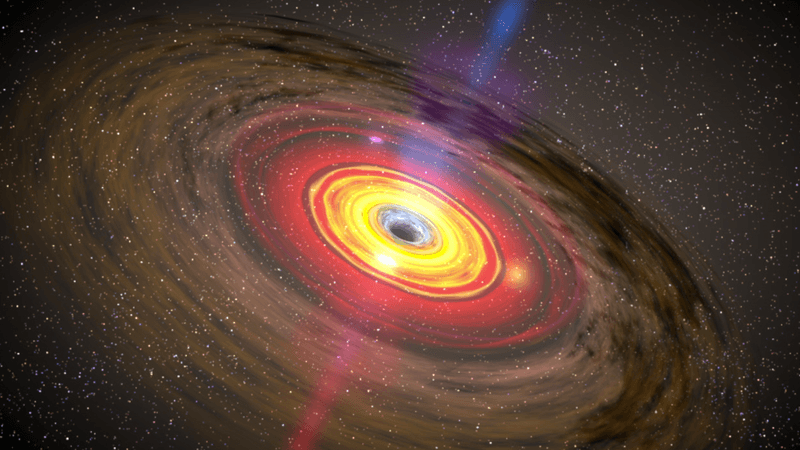Amino acids, the building blocks of proteins, might not need complex ingredients or much energy to form. Researchers have shown that glycine, the simplest amino acid, might form in interstellar clouds thanks to "dark chemistry".
As reported in Nature Astronomy, researchers formed the amino acid in the conditions that might be found in the depth of space. Glycine has been previously found in comets and researchers were curious about how it formed. The accepted idea is that ultraviolet light from a star would provide the energy necessary for the molecular reaction. The new work shows that this is not necessary.
The amino acid precursor methylamine and glycine can form from the material and at the conditions, we expect to find in large molecular clouds. Ultraviolet light is not a strong requirement but water molecules seemed to be crucial.
"Dark chemistry refers to chemistry without the need of energetic radiation. In the laboratory we were able to simulate the conditions in dark interstellar clouds where cold dust particles are covered by thin layers of ice and subsequently processed by impacting atoms causing precursor species to fragment and reactive intermediates to recombine," lead author Dr Sergio Ioppolo, from Queen Mary University of London, said in a statement.
The team measured how much glycine was produced in just one day and extrapolated how much and how long it would take for its production in interstellar space. These molecular clouds will take millions of years to form a small quantity of glycine. But it is there. And this molecule finds its way onto comets, asteroids, and planets.
"The important conclusion from this work is that molecules that are considered building blocks of life already form at a stage that is well before the start of star and planet formation," said Harold Linnartz, director of the Laboratory for Astrophysics at Leiden Observatory. "Such an early formation of glycine in the evolution of star-forming regions implies that this amino acid can be formed more ubiquitously in space and is preserved in the bulk of ice before inclusion in comets and planetesimals that make up the material from which ultimately planets are made."
Glycine is believed to be a precursor to other important organic molecules. It is possible that other amino acids could also form through dark chemistry in interstellar clouds. This finding has important implications. The building blocks of life might be a lot more wide-spread in the cosmos and form before there is even a planet for them to evolve in a living organism.




